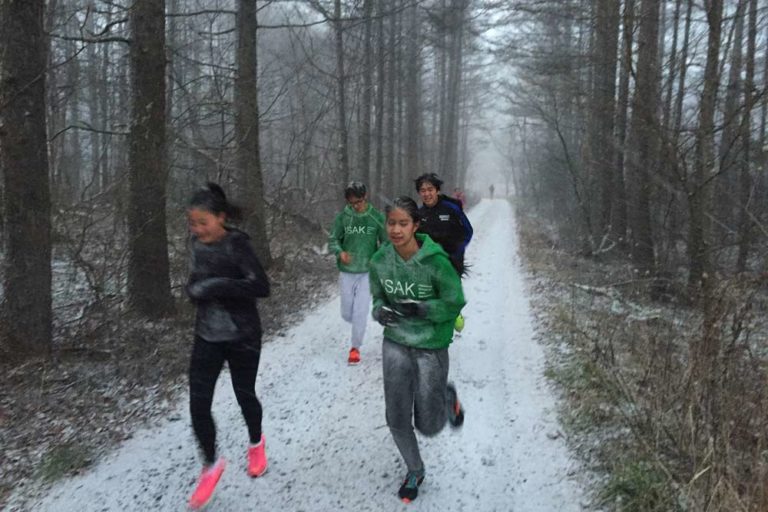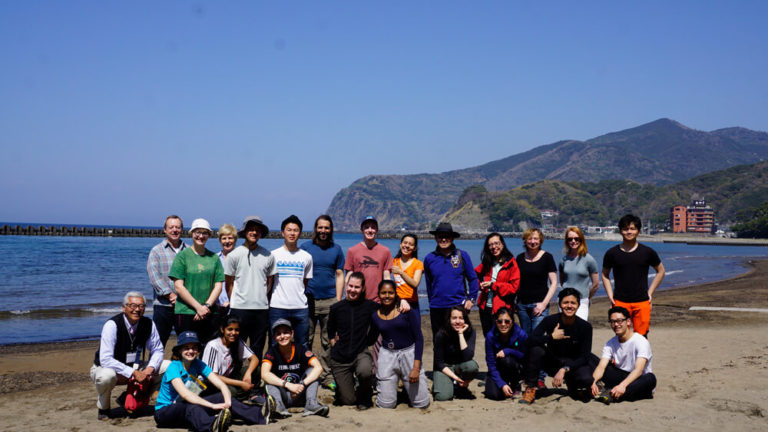We are excited to share that two teams from UWC ISAK Japan have achieved great success at the NASA Space Apps Challenge Japan. One group won first place, while another finished fourth in the regional event. This prestigious global hackathon encourages participants to develop creative solutions to real-world problems using NASA’s open data. Both of our teams chose challenges that resonated with their interests and talents and are now waiting to see if their projects will advance to the global competition.
About the Challenge
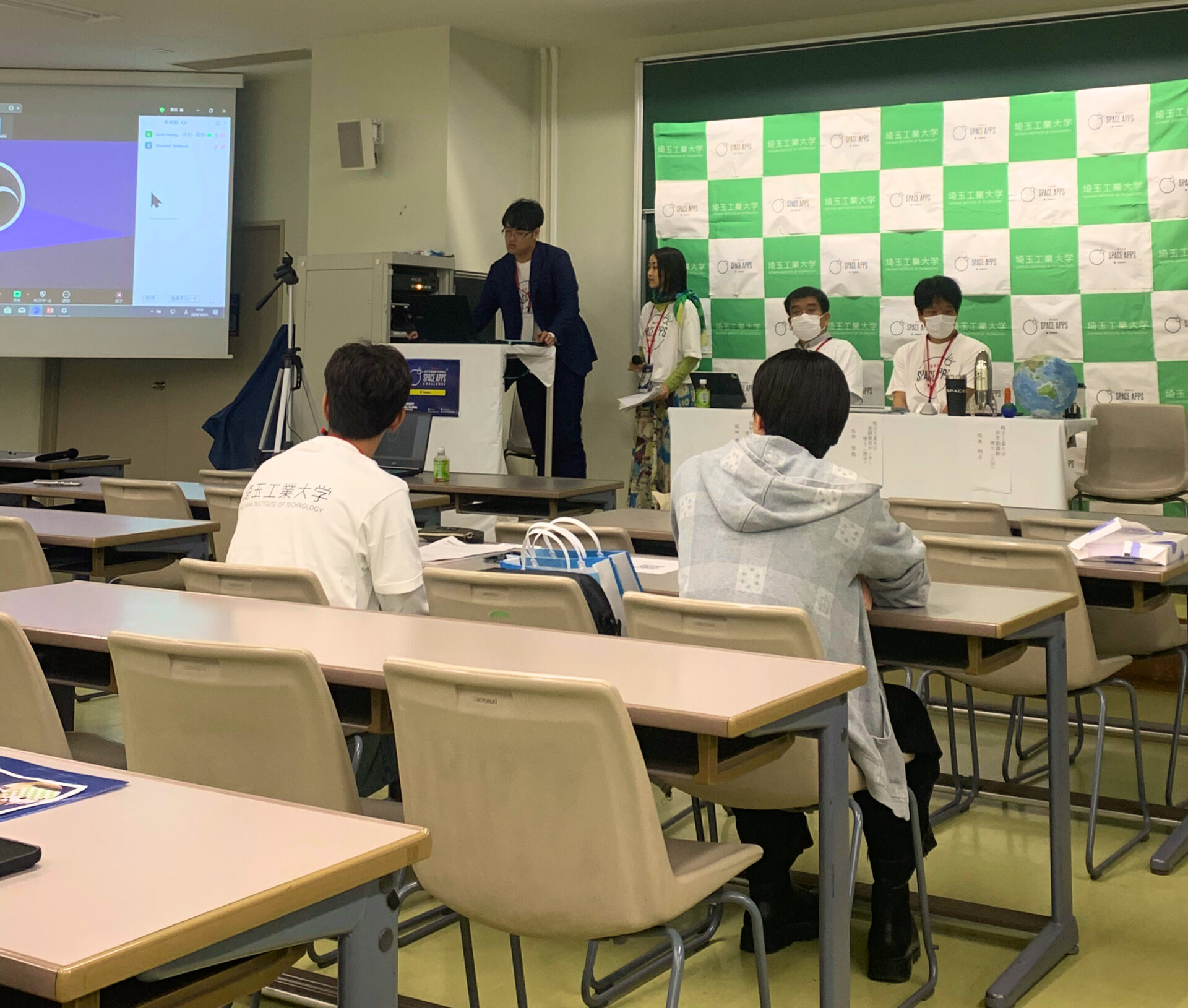
The NASA International Space Apps Challenge is the world’s largest hackathon, bringing together innovators from around the globe to solve real-world problems using NASA’s free and open data. This two-day event fosters innovation through international collaboration, with participants leveraging data from NASA and its Space Agency Partners to tackle challenges related to both Earth and space.
From October 5-6, UWC ISAK Japan’s teams competed in the regional event held in Fukaya, Japan, joining hundreds of other local and virtual events around the world. Participants selected from 20 diverse challenges submitted by NASA Subject Matter Experts (SMEs), which ranged from artistic visualizations of NASA data to developing complex software programs. After the event, the projects are judged by space agency experts, with winners being considered for one of 10 Global Awards.
ISAK As - First Place Finishers

The ISAK As team secured first place by taking on the “Symphony of the Stars” challenge, which tasked participants with creating a collage that merges stunning visuals from the James Webb Space Telescope (JWST) with a compelling musical backdrop. The goal was to capture the sense of discovery and cosmic wonder inspired by the JWST in a way that resonates with people of all ages.
Their project explores the intersection of space photography and music by generating melodies from NASA images, including those captured by the JWST. The team used visual attributes such as hue, color, and saturation to generate musical compositions, allowing audiences to experience the beauty of space through sound. This innovative approach makes the visuals accessible to a wider audience, including those with visual impairments, while evoking the awe and wonder that the JWST’s discoveries inspire.
Composed of members Ann (Taiwan / Class of 2026), Nhan (Vietnam / Class of 2026), and Ridhanyaa (Norway-India / Class of 2026), the team used both artistic and technical skills to map visual elements of space images to musical notes. Initially, their compositions used pure oscillations, but they later enhanced the emotional depth by introducing chord progressions and transitioning to piano sounds. The result is a harmonious blend of color and music, with image characteristics such as hue and brightness influencing musical features like pitch and tempo. The outcome is a purely mathematical piano piece that reflects the visual beauty of the JWST images.
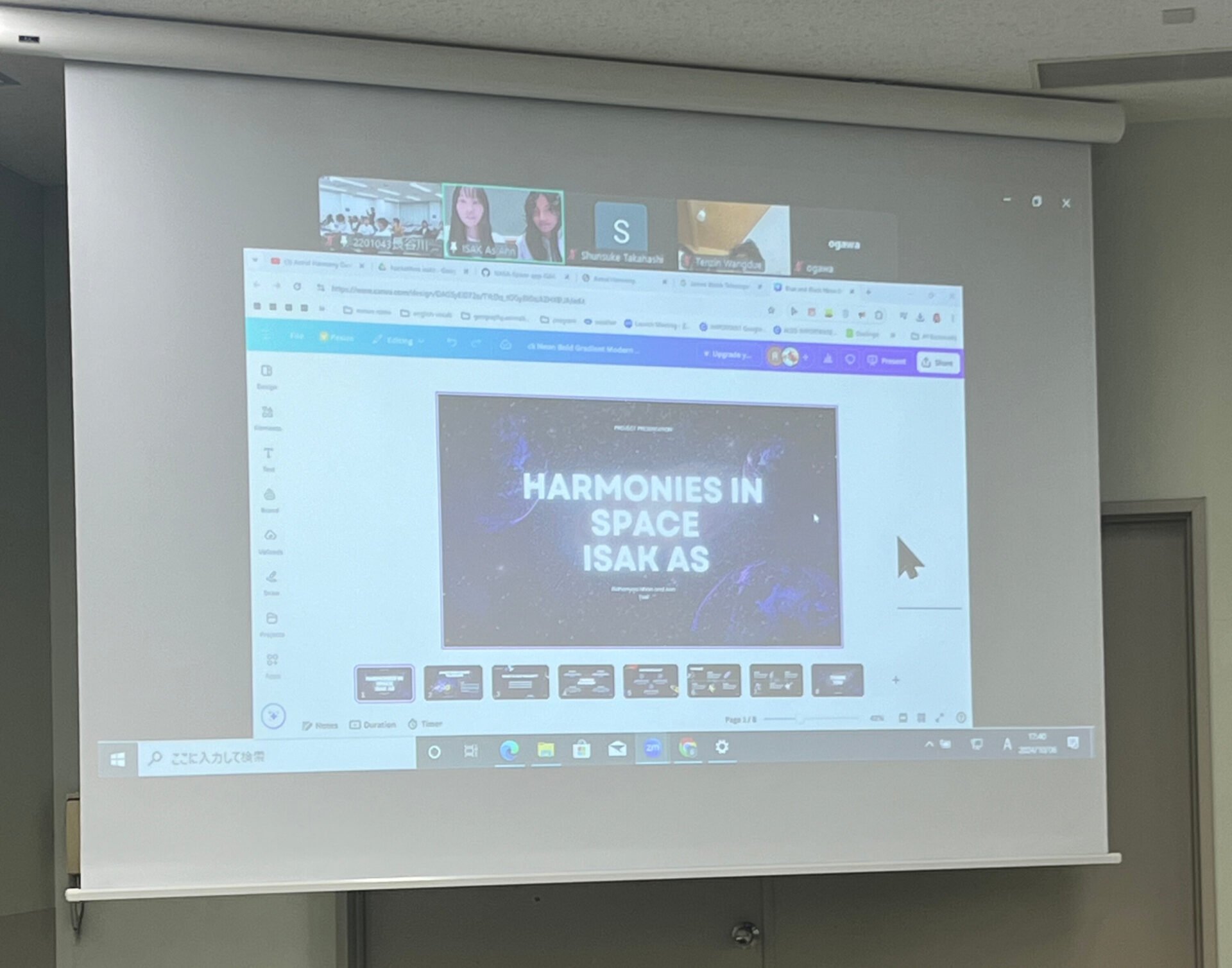
Team captain Ann commented, “The hackathon was a wonderful experience and opportunity to explore our interests in both music and computer science while collaborating with people who share the same passion. We really enjoyed it!”
The project also aimed to make space imagery accessible to a wider audience, ensuring that people of all abilities could experience the awe-inspiring visuals of space in a new, multisensory way. By combining color and musical theory, ISAK As has created a medium that evokes emotions while maintaining a consistent relationship between the images and the music generated.
- Project Link: ISAK As NASA Project
- Project Demo: Watch here
- GitHub Repository: View here
Asama Warriors - Fourth Place Finishers

The Asama Warriors team earned fourth place by taking on the “Imagine Our Connected Earth” challenge, which asked participants to create an audio-visual interactive product that highlights the interconnections between Earth’s systems. The challenge encouraged participants to use data from NASA’s Earth-observing satellites to demonstrate how changes in one system, like climate change, can influence other systems—such as the increased prevalence of wildfires, poor air quality from smoke, and effects on ecological succession.
In response, the Asama Warriors developed an interactive project that addresses the growing issue of wildfires and their connection to climate change. Their project involved building two websites designed to track live wildfires and provide real-time data on the Air Quality Index (AQI). By integrating wildfire detection data and AQI readings, the team created a clear, interactive representation of the relationship between wildfires and air quality, giving users a more comprehensive understanding of the environmental impacts of these events.
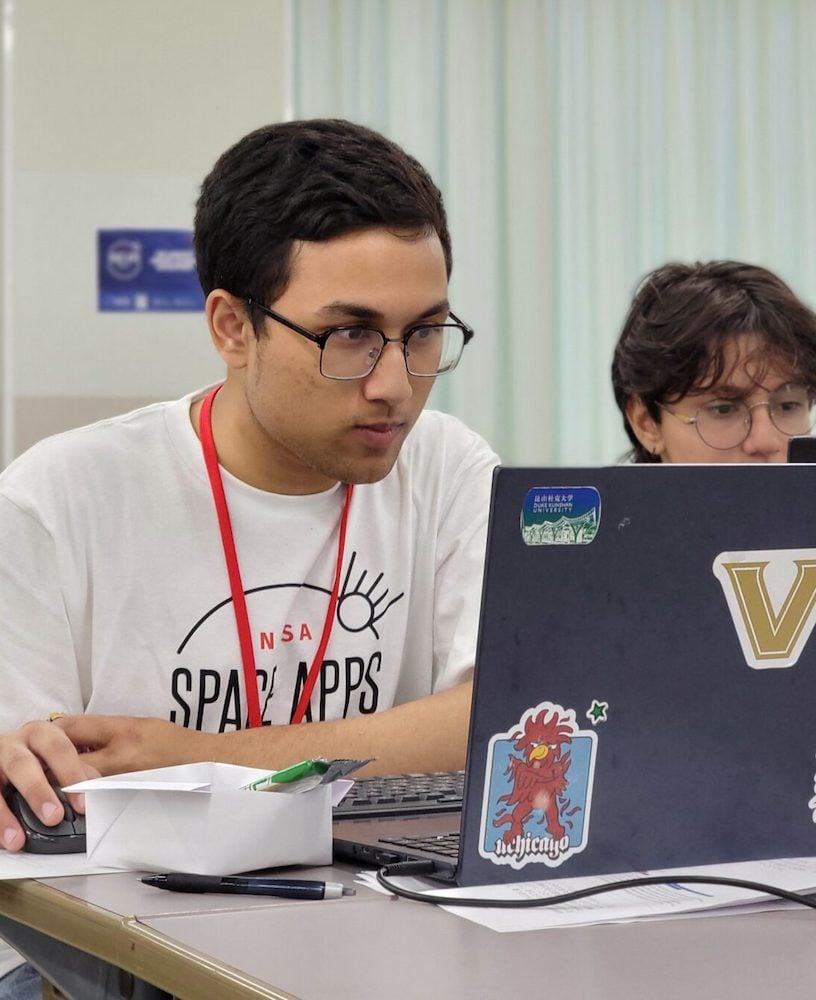
Composed of members Arunabh (Bangladesh / Class of 2026), Tenzin (Nepal / Class of 2026), and Michael (Armenia / Class of 2026), the Asama Warriors used NASA’s ENEOT API and Yale University’s Environmental Performance Index to develop a tool that overlays wildfire data with air quality metrics from around the world. This interactive map, built with React, allows users to explore real-time data and visualize how wildfires directly impact air quality in different regions. The project is a practical tool for tracking climate change’s effects and raising public awareness of its global consequences.
Reflecting on the experience, the team commented, “Heading to Saitama for the NASA Space Apps Hackathon was an intense, creative, and collaborative journey. We dove into new ideas, explored endless possibilities, and received valuable feedback, all while connecting with inspiring local professionals.”
By demonstrating how interconnected Earth’s systems are, the Asama Warriors showcased how data from space can help address pressing environmental issues and make climate change information more accessible to the public.
- Project Link: Asama Warriors NASA Project
- Final Project: Explore the website
“Both groups demonstrated extraordinary grit and perseverance throughout the rigorous competition,” commented Faculty member Dr. Pinzon, who supported the students throughout the competition. “Despite the pressure of tight deadlines and the complexity of their tasks, they consistently pushed forward, showing an outstanding level of commitment and teamwork. Their final projects were not only inspiring in their technical approach, but also reflected a deep sense of creativity and thoughtfulness. What set their work apart was the subtle integration of empathy, addressing real-world problems and transcending the typical boundaries of computer science.”
A Global Nomination and What Comes Next
On October 29th, ISAK As received even more exciting news—they were announced as a Global Nominee! This recognition puts them one step closer to potentially becoming a global finalist, a distinction that includes a trip to NASA headquarters. The team now eagerly awaits the next announcement milestones:
- November 19: Global Finalists and Honorable Mentions announced
- January 16, 2025: Global Winners announced
Both teams have embodied the innovation and collaboration that the NASA Space Apps Challenge seeks to inspire. Their hard work, technical skills, and creativity have resulted in exceptional projects with the potential to make a meaningful impact. We are incredibly proud of their accomplishments and look forward to seeing if they will advance further in the global competition.
Stay tuned for more updates, and congratulations once again to both teams!
